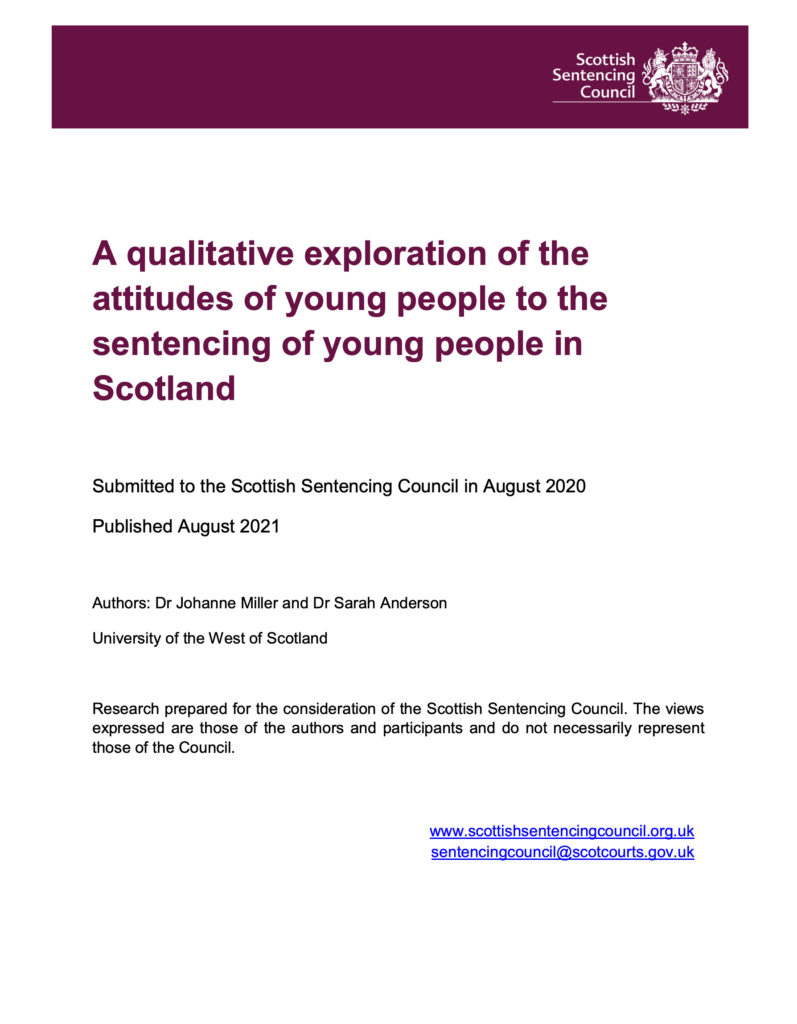(Visited 38 times, 1 visits today)
Last modified: October 13, 2021
WHATS IN A SENTENCE – YOUNG PEOPLE HAVE THEIR SAY




